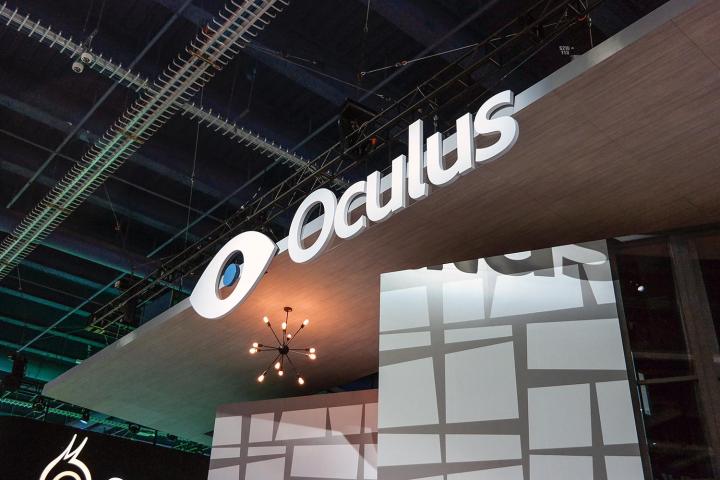
This is a major milestone for the headset, as it means developers building software for the Rift can now be confident of compatibility with the final release. Some developers had made the decision to hold off working on support for the headset until these tools were stable, as they did not want to waste time building for features or specifications that could change at a later date.
It’s clear that the Rift is being prepped for the mainstream. Version 1.0 of the SDK should provide a robust point of entry for anyone looking to support the hardware — and Oculus will certainly be hoping that there are plenty of developers eager to craft experiences worthy of the hardware’s hefty price tag.
However, it should be noted that there is still no confirmation of when a retail release is expected to take place, outside of the oft-repeated claim that the device will be in the hands of the public during the first quarter of 2016. More than ever before, the Rift is up against the clock if its going to corner the burgeoning VR market.
The early part of next year is also when consumer versions of the HTV Vive and PlayStation VR are expected to be released, though the former has been delayed until April of 2016. Oculus was once at the very forefront of the race toward a viable version of this technology, but the pack has filled out substantially.
Developers currently putting together projects that could be ready in time for release are encouraged to submit them through the Oculus portal. Meanwhile, the rest of us will likely have to wait until 2016 to learn when we’ll be able to get our hands on the Rift.
Editors' Recommendations
- Oculus Rift vs. HTC Vive
- Oculus controller tracking gets update to help it detect Christmas trees
- Turns out the Windows 1.0 teaser tweet was all about Stranger Things after all
- Oculus Rift S gets a release date, pre-orders are now available


